Is coffee good for you?
“High quality coffee is definitely good for your health; however, there are so many quality grades and defects on commercial coffee that probably is not about the coffee you should be worry about; but all the contaminants and toxins that come along with it.”
If you are reading this, it’s highly probable you are a coffee nerd like me, who have also noticed the disproportionate amount of studies and posts in social media and Internet about coffee and health. Some articles claim, having a coffee drinking habit is great for you; it will offer you an extended and quality life overall and a small portion affirm the opposite. Many of the original studies are available online and surprisingly; most of them don’t describe the coffee used during the experience at all, and when they do, there are no comments about coffee’s grade and quality level.
This is a huge mistake, coffee is not a homogenous thing; there are more than a hundred different coffee grades available for sale in the world today. Many of them incorporate a huge variety of defects and pollutants, in quantities inversely proportional to their grade. Therefore, not all consumers are exposed equally to hazardous health risks. Consumers who drink lower coffee grades are clearly more exposed to toxic substances than consumers who opt for higher quality options.
The SCA coffee cupping standards are not very helpful for grading commercial coffee. The system was developed exclusively for Specialty Coffee, where coffees scoring 80 or more, are considered Specialty, and anything below, commercial grade. Although, while using SCA method there is a gap for all coffees below the 80 point score mark. There are other coffee grading systems that allow us to encompass a wider range of coffee grades. From the highest quality Specialty to the lowest commercial grade.
Brazil is the leading authority grading coffee. The Brazilian coffee industry is the largest in the world, including all conceivable grades, with 36% of the global market share for Arabica and 25% for Robusta.
SEE ALSO: Why is the coffee market price so low?
To understand commercial coffee, we need to understand the Brazilian grading system a little better first.
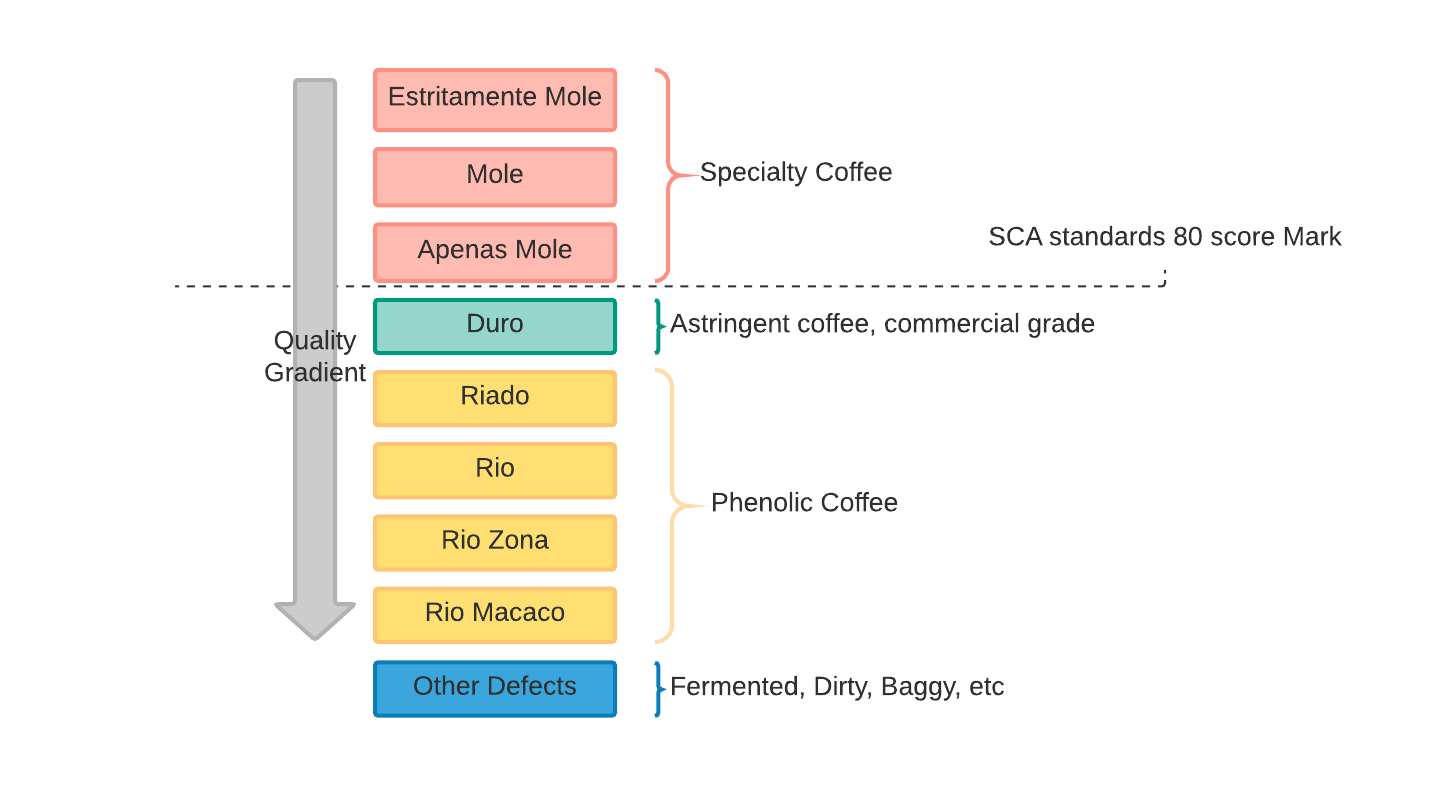
The system is based on flavor perceptions. The “Mole” or sweet coffee, at the top of the quality rankings, corresponds to Specialty grade; where coffee cherries are picked ripe and usually at high elevations. Additionally, “Mole” coffees are subjected to extra labor, intense care and time, avoiding any possible contamination during processing, drying and storing. The “Duro” denomination indicates, astringent coffee, the astringency emerges as a consequence of picking and processing immatures coffee cherries. Often, the market coffee price is based on weight rather than quality, so it doesn’t incentivize farmers to wait for coffee cherries to ripe, so they rush and harvest them earlier than they should; coffee cherries, only synthesize sugars during the ripening stage. Therefore, by skipping this period, all coffee intrinsic sweetness is substituted by an intense astringent taste.
“Duro” is the coffee grade that better represents world’s commodity traded coffee.
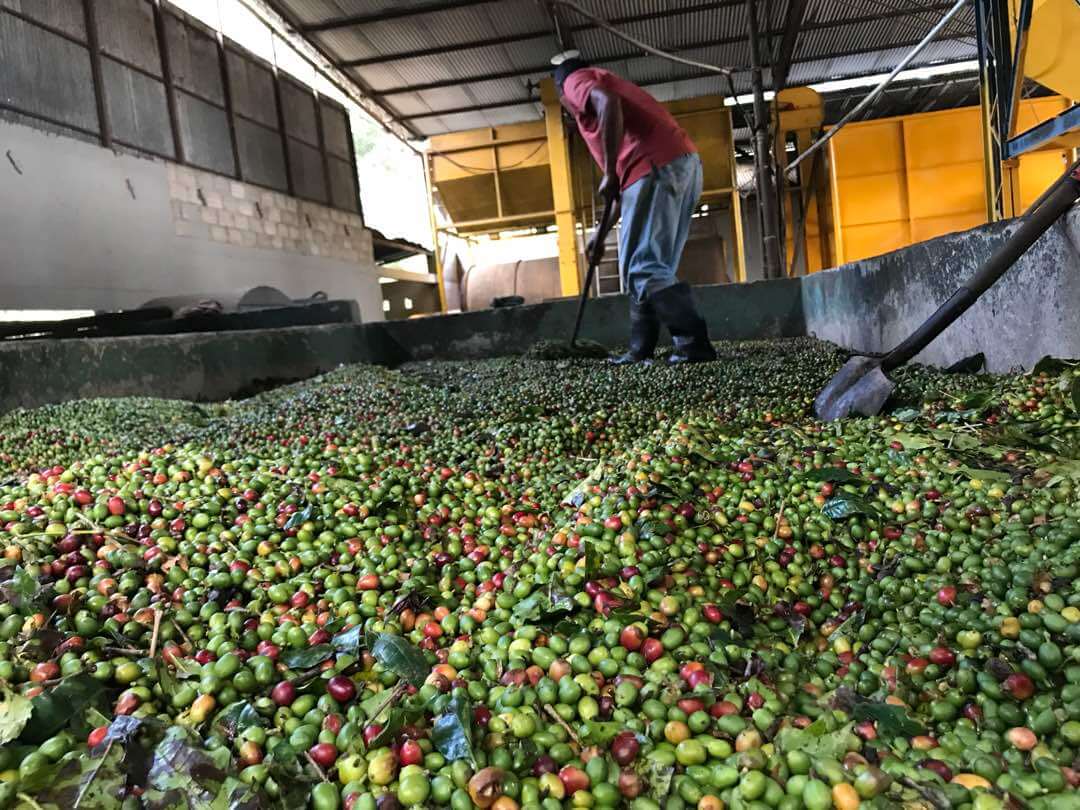
Finally we have the “Rio” denomination, at the bottom of the quality ranking, representing all coffees with a “Phenolic” cupping profile. Actual phenolic coffees, are usually the result of coffee fruits that experienced some sort of stress during their development on the tree; environmental factors before harvesting, such as drought, storms, floods and nutrient deficiency could trigger a “Phenolic” cupping profile. However, the “Rio” profile also includes a wide range of other defective coffees. Coffees that suffered some type of water damage, due to interrupted drying, rewetting and rain during the drying stage; could also cause a “Chemical” cupping profile. Although it is not quite the phenolic profile, in many cases, it is almost identical to the real thing, therefore, included in the “Rio” denomination as well.
Molds, bacteria and fungus are responsible for generating, the “Chemical” profile, in conjunction with well-documented toxins (Fumonisins, Aflatoxins, Trichothecenes and Mycotoxins), known for being, heat resistant (prevail after roasting) and hazardous for human consumption. However, the only substance widely legislated so far is the Ochratoxin A (OTA). Nevertheless, non-conclusive research indicates, it might not be the only one, Aflatoxins B1 is highly suspicious as well.
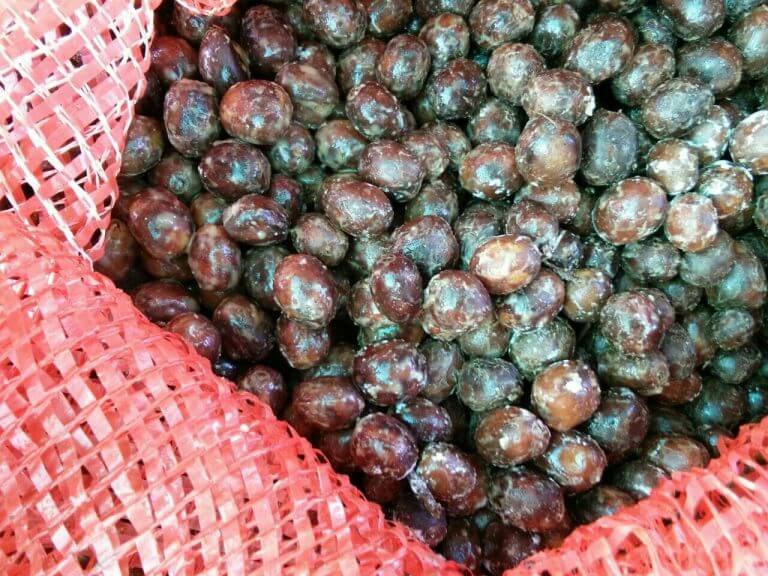
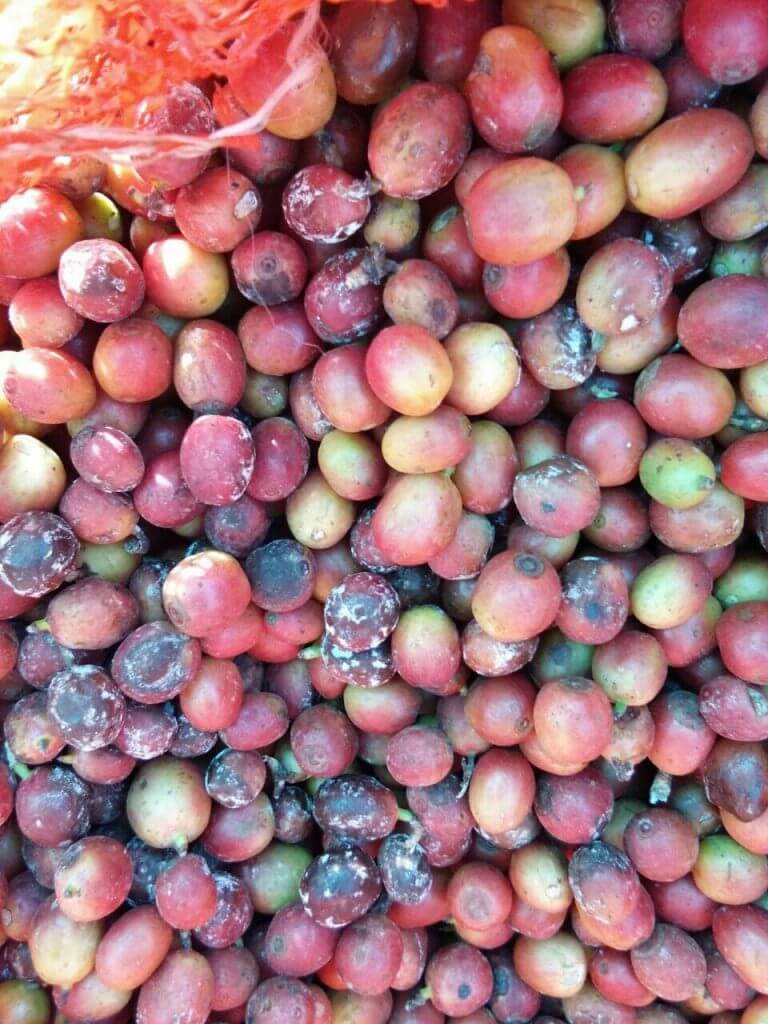
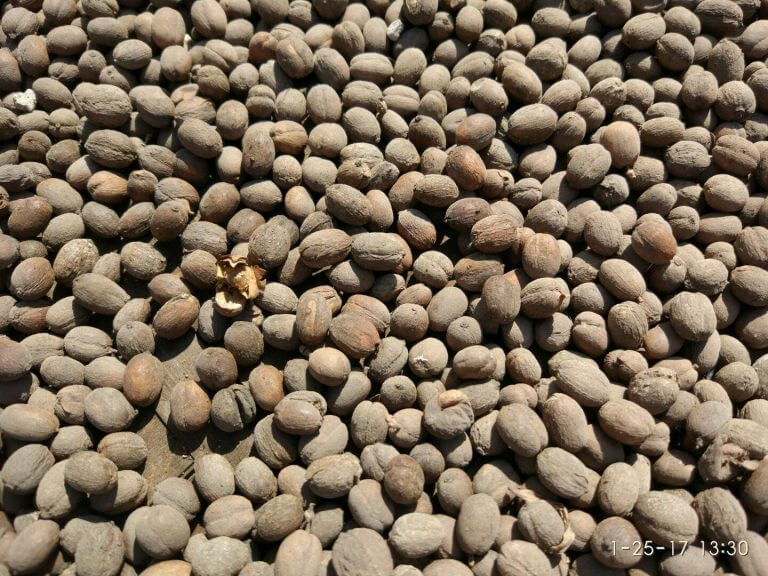
Moldy and dirty coffee at different processing stages
Ochratoxin A (OTA) is a mycotoxin produced by several fungal species including Aspergillus ochraceus, A. carbonarius, A. niger and Penicillium verrucosum. OTA causes nephrotoxicity and renal tumors in a variety of animal species; however, human health effects are less well-characterized. Various studies have linked OTA exposure with the human diseases Balkan endemic nephropathy (BEN) and chronic interstitial nephropathy (CIN), as well as other renal diseases.
Knowing the risk, several coffee consuming countries have tried to set strict rules for OTA levels, but it hasn’t been easy; more than 125 million people depend on coffee for their livelihoods worldwide, hence, a strict legislation would limit access to market and impoverish already vulnerable coffee farmers worldwide even more.
Due exclusively to social reasons, the current international agreement for coffee OTA levels has been very tolerant, a lot more than it should. Regardless the high risk it represents for public health.
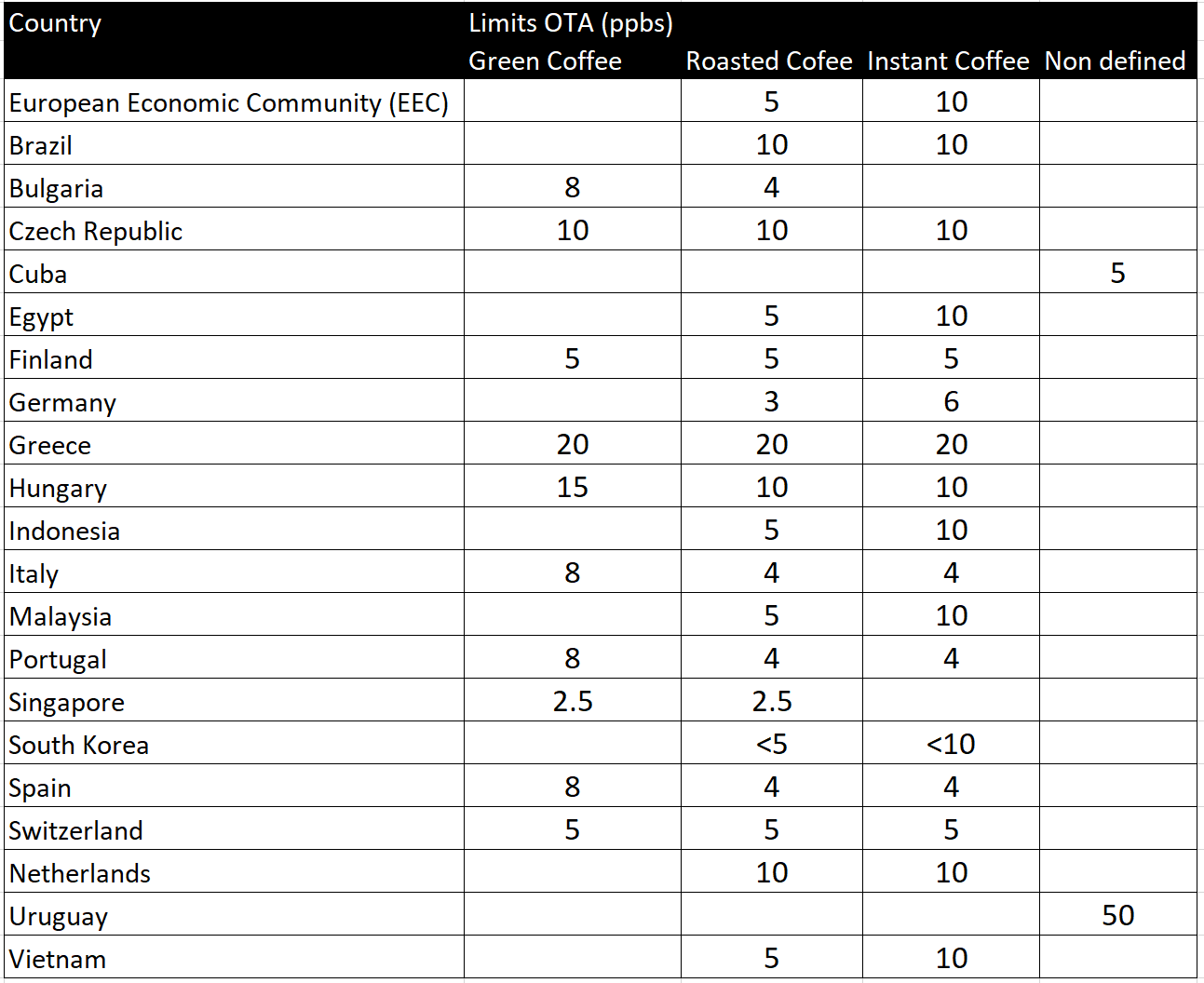
Remarkably, only a handful of countries have actual OTA regulations. Therefore, if your country is not in the list (table 1), any coffee health consideration is exclusively up to you.
To make things worse, low grade coffees are priced based on volume rather than quality, what makes them highly susceptible to be intentionally contaminated with foreign matter as well as recipient of all non-viable coffee cherry laying around at the farm after harvest.
This situations intensifies in coffee producing nations, where most of the high grade coffee is exported, as a source of nation’s foreign capital income and only the low grade and the rejected coffee are left behind for local consumption.
SEE ALSO: Could coffee be a sustainable crop?
If you want to avoid any risk and enjoy the health benefits of coffee, always buy your coffee as whole beans and grind it yourself, making sure there is no foreign matter or broken beans. Once served, taste a little sip first, and if it is not good enough for you to drink it without sugar, just don’t drink it. Don’t disguise it with sweeteners and force it in; your taste buds evolve not just for your pleasure, they evolve to protect you from involuntary poisoning.
And follow always the rule of thumb
“Good coffees do not need sugar and bad ones don’t deserve it.”
